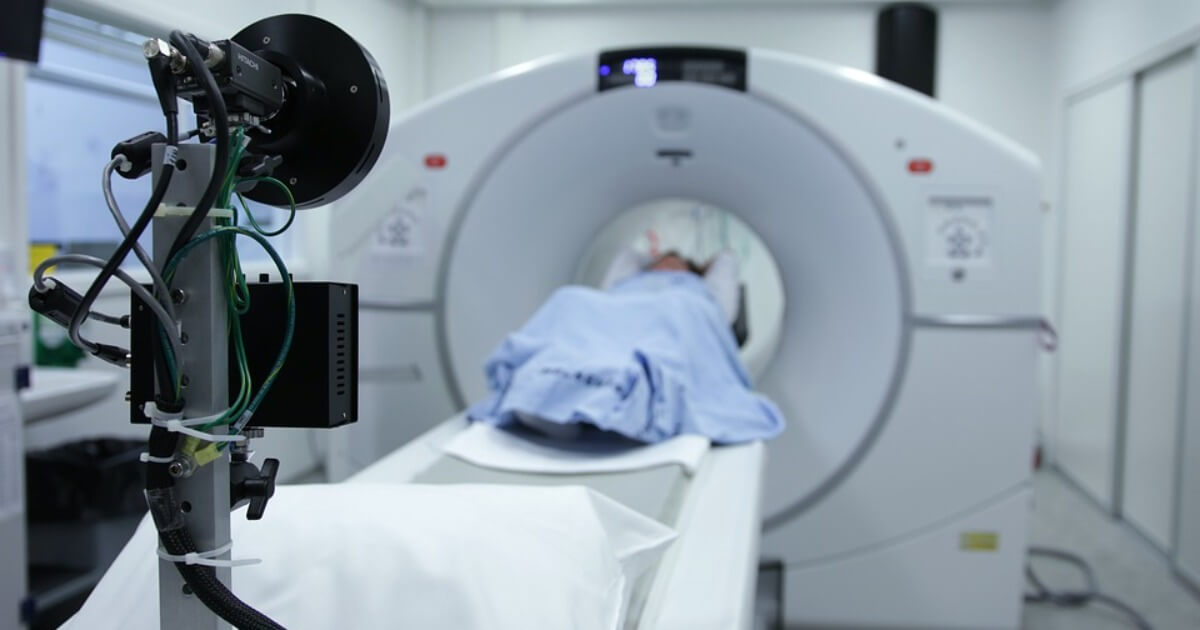Healthcare Lessons for the Post-Corona World
Unlike the fallout from the 2008/9 global financial crisis, improving the healthcare sectors across the world should not retard economic growth.
April 9, 2020

Across the world, the coronavirus pandemic has revealed two basic facts:
1. Existing healthcare facilities struggle to handle a sudden surge in demand, and
2. reliance on long-distance imports for crucial medicines and equipment can create a dangerous bottleneck.
Three key responses
Governments are beginning to reinforce their healthcare systems. Beyond the near-term surge in spending to beat the virus, one can expect three key responses:
1. Sweeping regulatory changes,
2. more healthcare spending and
3. a more active trade and industrial policy to onshore production of key medicines and equipment.
The fact that crises reveal shortcomings which governments address thereafter is no news. The partial repair of the global banking system after the 2008/09 financial crisis is a case in point. However, there are crucial differences now.
Not a boom, bust, repair problem
During the 2000s, a boom in credit and shadow banking fueled real estate bubbles across much of the advanced world. The bursting of the financial bubble revealed underlying fragilities that had been masked by the preceding boom.
After the bust, regulators and policymakers tried, with differing degrees of success, to treat structural faults in the financial sector.
As a result of facing increased regulation and higher capital requirements, the European financial sector, for example, grew by just 0.7% from 2008 to 2019 — compared to average annual growth of 3.5% in the decade prior.
The resulting sluggish credit dynamics curtailed growth in other sectors of the economy as well. The need for fiscal repair also weighed on the expansion of healthcare.
“Fixing” healthcare is different
Unlike repairing the financial sector, improving and reinforcing healthcare sectors across the world should not retard economic growth.
First, with no past excesses to deal with, there is no payback in the years to come. No prior boom, no bust now.
Second, building a more resilient healthcare system will involve higher capital investment – in hospitals and factories – and more spending on research, doctors and nurses.
Growth-enhancing repair action?
Better healthcare systems should lead to healthier societies. That should be beneficial for long-run productivity.
However, the question of whether the building up of healthcare systems will raise growth in the next few years depends on two factors:
1. How much of the growth in the sector comes from higher investment (positive for potential GDP), as compared to redistributing labor to healthcare from other sectors (probably neutral for GDP), and
2) whether the public healthcare spending is deficit-financed (demand-positive) or budget-neutral.
On balance, one can expect a modestly positive impact.
Cautious optimism for the post-coronavirus world
Beyond the likely changes in the healthcare sector, the post-coronavirus world will look very different to the post-Lehman world.
Success in containing the worst second-round effects of the coronavirus will likely encourage governments to throw more money at other problems as well.
In the manufacturing sector, companies will shorten and diversify supply chains and raise inventories.
But against this drag on global supply growth, the coronavirus shock is likely to spur innovation in many fields, ranging from more efficient use of labor and communications technology to increased use of 3D printing.
In the long run, the resulting jolt to productivity may be stronger than the drags unless economic policies turn away too much from market-based models.
Takeaways
Building more resilient healthcare systems will involve higher capital investment – in hospitals and factories – and more spending on research, doctors and nurses.
Better healthcare systems should lead to healthier societies. That will be beneficial for long-run productivity.
Success in containing the worst second-round effects of the coronavirus should encourage governments to throw more money at other problems as well.
The coronavirus shock will spur innovation in many fields – from more efficient use of labour and communications technology to increased use of 3D printing.

